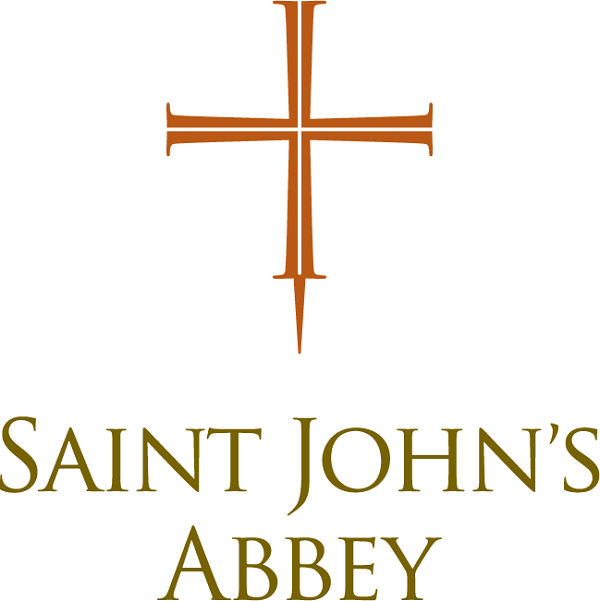Saint John’s Abbey Publications
Title
Ancestor Veneration in Benedictine Monasticism
Document Type
Article
Publication Date
2017
Disciplines
Catholic Studies | Comparative Methodologies and Theories | Social and Cultural Anthropology
Abstract
Catholic monasteries enlist formal and informal means of recalling their predecessors to mind. After reviewing the research domain of ancestor veneration in the anthropology of religion, this investigation foregrounds Benedictine monasticism generally, then specifically the Abbey of Saint John the Baptist in Collegeville, Minnesota, USA, emphasizing liturgical/ritual associations, shrines, relics, storytelling/reminiscing, the communion of saints, and the memorial and organizational properties of monastic cemeteries.
Ancestor veneration in some form was prevalent even among many of the very earliest human societies. Remembered as “real people” by those among the living with closer genealogical ties, their personalities are often selectively “constructed” postmortem by relatives of greater generational distance. Some of the cherished memories of ancestors are comforting and even flattering, while others are humorous and outrageous and others may be downright demeaning and even punitive. Whatever the regard in which they are held, the living rarely have a neutral opinion about those who have gone before them. Revered as moral models and even founders of important bloodlines among their successors, they may just as readily take on the characteristics of malevolent “ghosts,” demanding offerings and obeisance from their descendants, threatening misfortune and illness should their living relatives dare to forget or disregard them. Such is a typical summary anthropologists might provide about attitudes toward ancestors, generalizations gleaned from many and varied cross-cultural ethnographic accounts, and even from the reconstructed data of archaeological excavation. But ancestors populate monasteries as well, even though the ties that bind the dead to the living in these settings are not (usually) those of blood relationship. In fact, every monastic community of men and women has ways—formal and informal—of recalling their predecessors to mind. Thus stretching the anthropological notion of ancestor veneration a bit allows us to explore “collective memory”—the various methods monastics use to recall earlier community members, and make them tangible and dynamic in their midst once again. This paper will explore ancestor veneration in Benedictine monasticism in eight different sections: (1) the introduction; (2) a review of ancestor veneration in the anthropology of religion; (3) an overview of Benedictine monastic ancestor veneration; (4) liturgical and ritual memorials; (5) commemorative shrines—photographs and relics in the form of material artifacts closely associated with the deceased; (6) storytelling and reminiscing; (7) shrines at the common table; and (8) the memorial and organizational properties of monastic cemeteries.
Copyright Statement
© Palacký University in Olomouc, Czech Republic, 2017
ISSN 1805-3742
MK ČR E 19478
Recommended Citation
Raverty, Aaron Thomas, OSB. “Ancestor Veneration in Benedictine Monasticism.” Czech and Slovak Journal of Humanities 3/2017 [Anthropologica culturalia]: 73–88.

